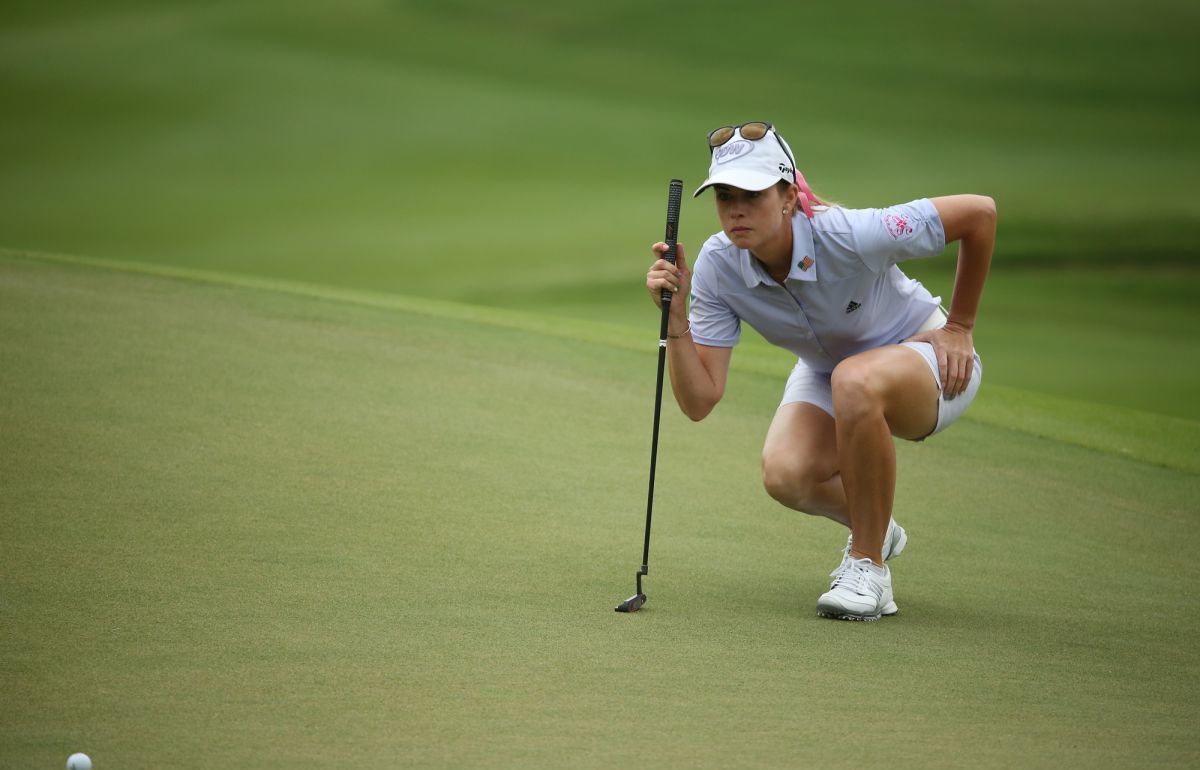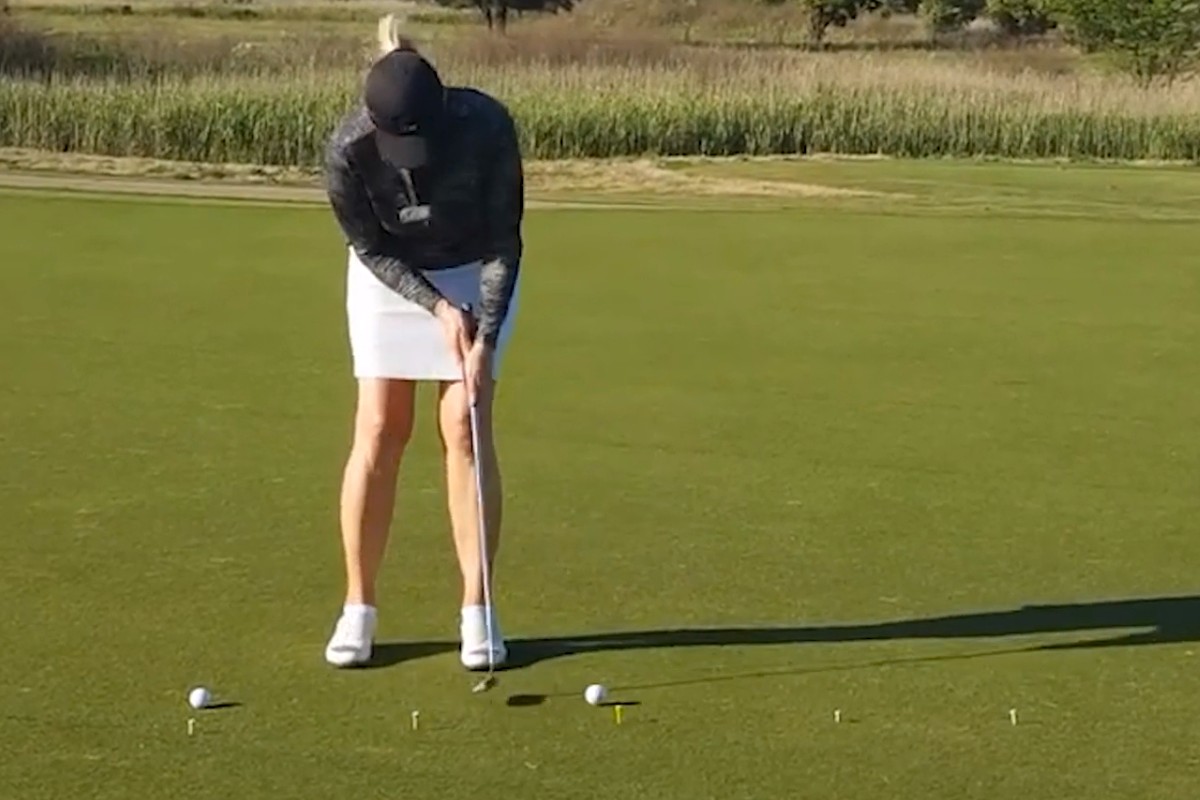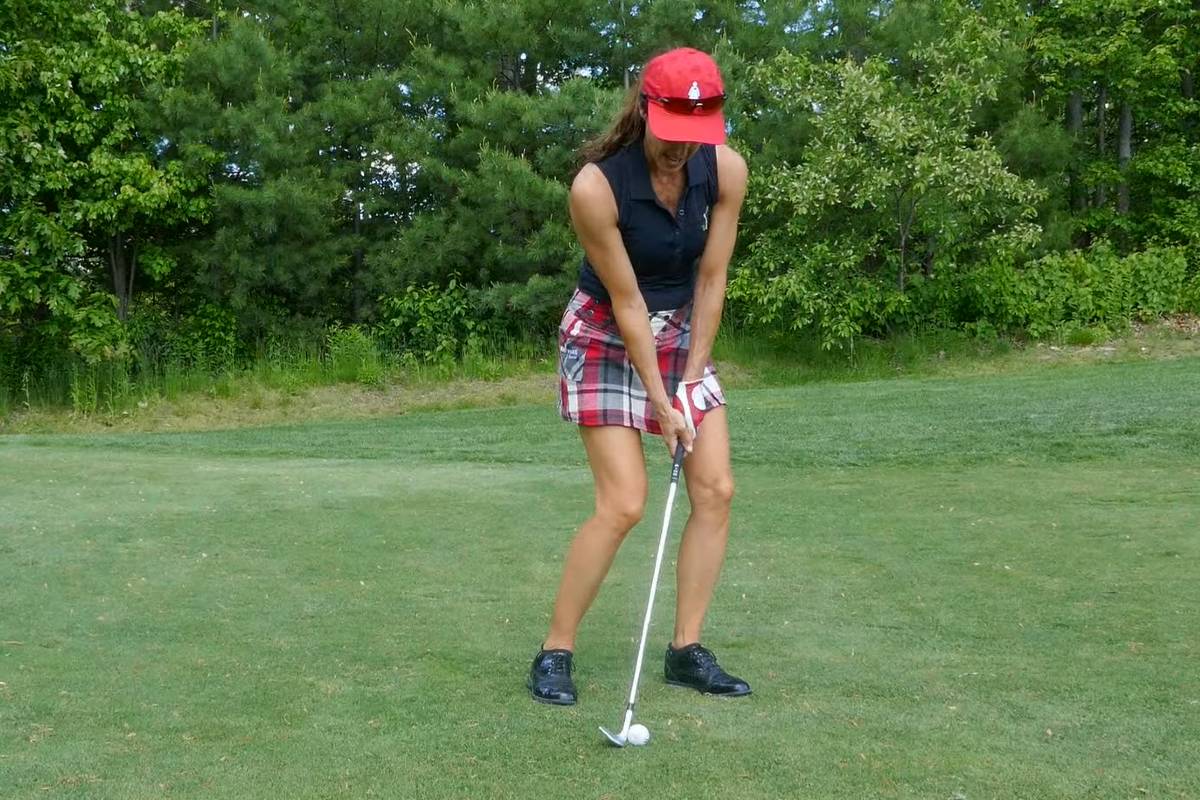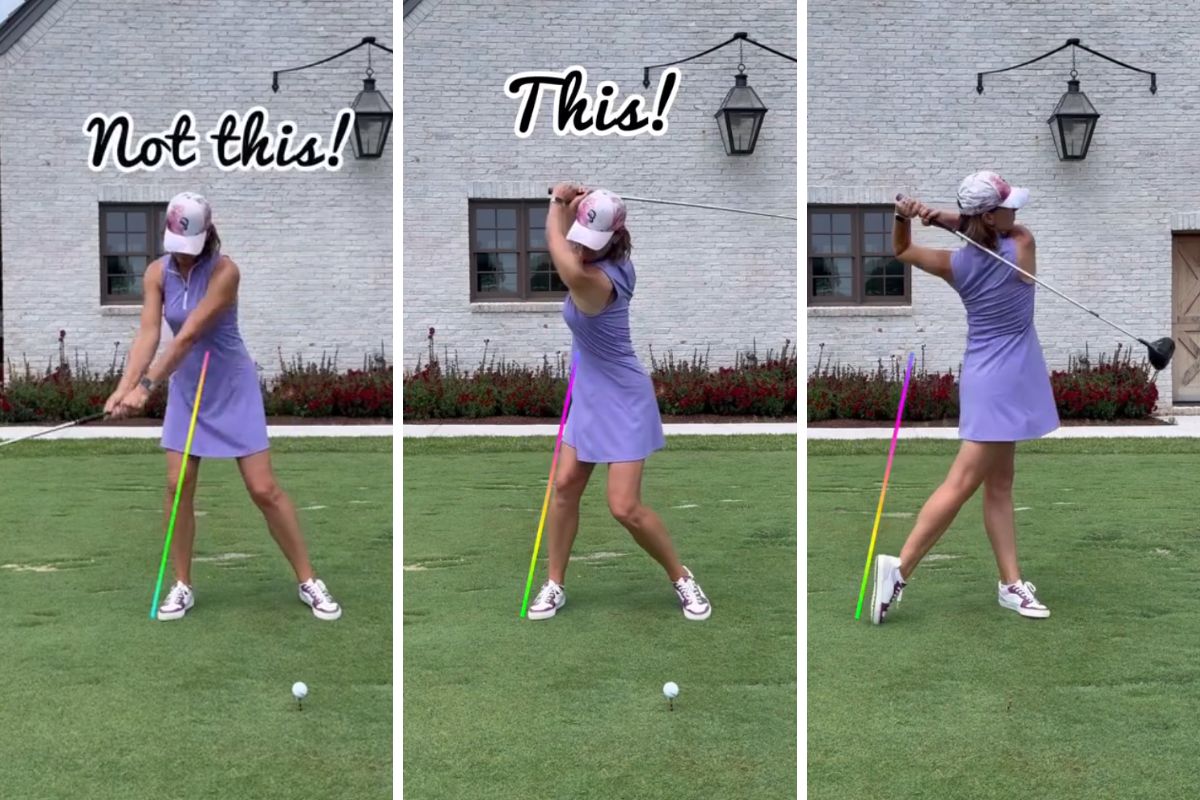As I’m sure you already know, getting a good read on a putt is as important if not more so than making a good stroke. Millions of putts are missed each day across the world due only to bad reads. Reading the green is the part of putting that is probably the most overlooked and underrated.
All golfers worry about their strokes. Be it their path, the length of their stroke, their putter face position, their grip, posture or ball position, golfers have many things to worry about when hitting a putt. None of it matters however if you haven’t gotten a good read on the putt and aimed the putter correctly. Reading the green is a skill.
While some may naturally have a good eye and good intuition when it comes to putting, most need to practice this skill routinely in order to master it. Making it an ingrained part of your pre-shot routine will keep you in good form.
Start Your Read From the Fairway
Your pre putt routine actually starts well before you approach the green. As soon as you land the ball on the green, whether you are 200 yards out or 50 yards out, from where you stand you should be looking at the layout of the green. Then as you approach your green soak in your surroundings. What is the high part of the green? Where is the lowest point? Is there a creek, river or ocean that the ground would slope down towards? Is there a mountain which would push the ball away from it?
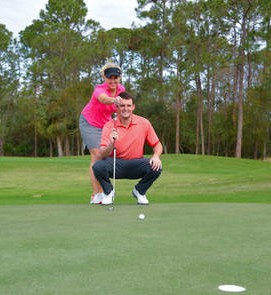
These are all questions you should be considering as you walk up to the green. Also, another great trick is to study the undulations in the green and decide which way water would flow if you dumped a bucket full of water on the green next to your ball.
Once you’ve made it up to your ball, mark it and as you clean it look around the area and between your mark and the hole for any obvious imperfections in the green such as old ball marks, spike marks, and scuff marks. You need to be aware of anything that can affect your ball and force it to bounce offline.
Next, make your walk around the hole and yes, everyone has time to do this if you don’t waste time getting to your ball in the first place. This walk-around can be the most important part of your routine. This gives you time to look at your entire line. As you walk notice which foot has more pressure on it. That is the foot that is more downhill. This will clue you into side breaks (left or right) along the line. When you get to the back of the hole be sure to squat down and take a good look at your putt from the back of the hole. You are likely to see a different break than you did from where your ball is sitting. For me, it’s always the best read.
Continue your walk around the other side of the hole again feeling which foot has the most pressure and is more downhill. That completes your green reading routine. By now you should have a very accurate read on the putt and at this point should not second guess your calculations.

Develop Your Pre-Putt Routine and Stick to It
Now that you have finished your green reading routine it’s time for a solid pre putt routine. The first thing you should do is replace your ball and if you have drawn a line on it, aim the line where you think your ball should start. Next, make a couple of realistic practice strokes. What I mean by this is they should be the same length and effort that you intend to put on the ball. For a 50 foot putt, don’t make a tiny 6-inch stroke and vice versa. Once you have a feel for the putt, step up and place the face of the putter aimed down your line and square your body to your putter face. You are now at the point of no return. You simply must trust your aim and set up and commit to the stroke. Make a couple of quick looks back at the hole and then pull the trigger. Don’t give yourself time to second guess.
As you can see, draining putts is a process, but everything is about consistent routines and developing good habits. Start lining your putts up before and as you approach the greens, establish a solid pre-putt routine and practice both. Once you form these good habits, reading the greens and rolling solid putts should become automatic.
The Situation
You are having trouble reading the green before you putt.
The Solution
Start reading the green from the fairway. As you approach the green study the overall surroundings to get a feel for what the putt may do. Mark your ball and circle the hole studying the putt from all sides. Notice the highs and lows of the green and feel with your feet as you walk whether the putt will break left or right. Take a look at the putt from the other side of the hole and circle back on the other side taking note of any imperfections in the green.
Establish a good routine with quality practice strokes that are a realistic rehearsal for your putt. Keep staring down the hole throughout your routine and practice strokes to keep your target fresh in your mind’s eye. Trust that you’ve taken all the proper steps to get a good read and a good feel for the putt with your solid routine. commit to the shot and pull the trigger.
Maria

